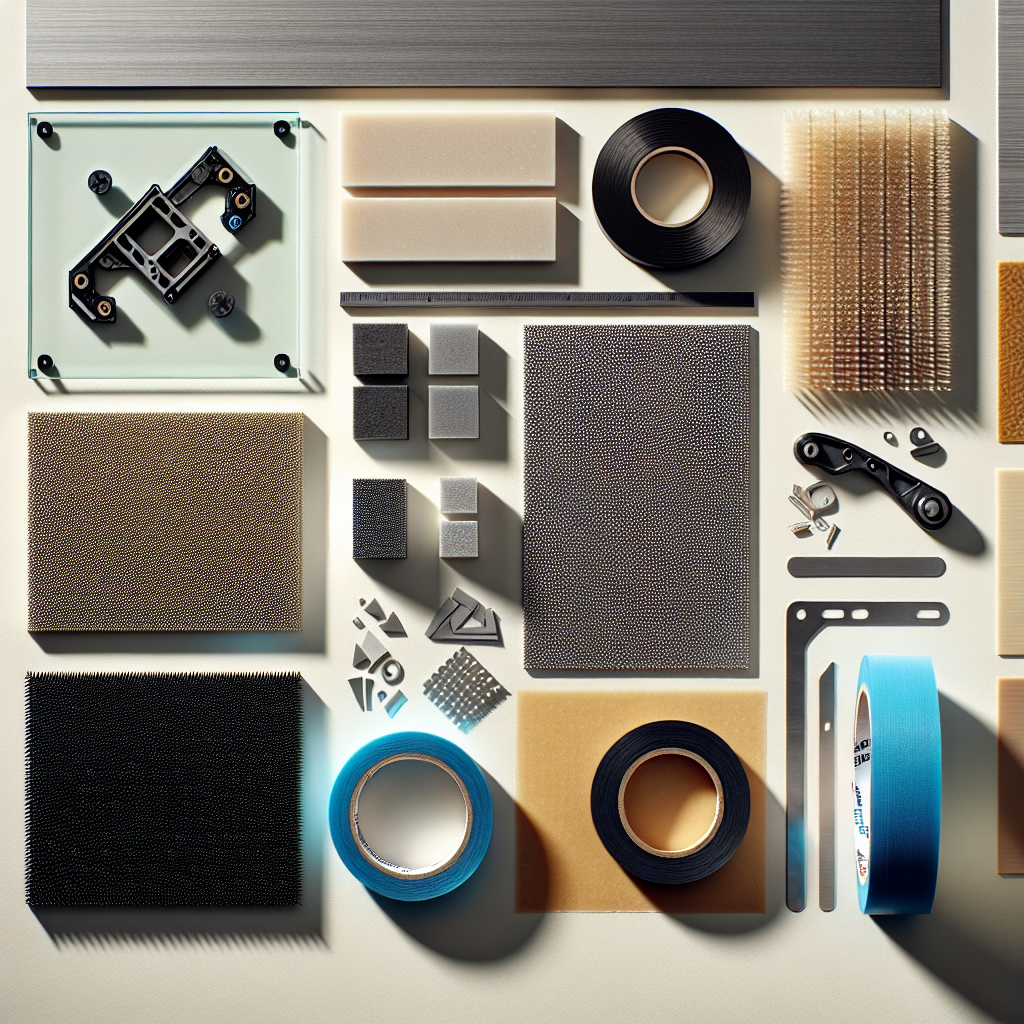Introduction
When it comes to successful 3D printing, a lot of attention is given to printers, slicing software, and filaments. However, one often overlooked factor is the print bed surface. The right build surface is crucial for first-layer adhesion, easy part removal, and even the quality of your prints. With the wide variety of filaments available, choosing the best print bed surface for your specific material can make all the difference between a failed print and a flawless one. In this article, I’ll draw on years of 3D printing experience to match the best bed surfaces with popular filaments, sharing pro tips along the way.
Glass Beds: The Classic Choice for PLA and PETG
Glass surfaces, especially those made from borosilicate or tempered glass, remain a favorite among many 3D printing enthusiasts, particularly for printing with PLA and PETG.
Advantages:
- Ultra-flat, ensuring a smooth, shiny bottom layer.
- Easy to clean and durable.
- Excellent adhesion when heated, especially with PLA.
Tips:
- For PLA, a slightly heated glass bed (around 60°C) often provides perfect adhesion. Parts pop off once cooled.
- For PETG, use a glue stick or apply hairspray to prevent the print from bonding too strongly, which can chip the glass.
PEI Sheets: The Versatile All-Rounder
Polyetherimide (PEI) sheets have become a go-to surface for many makers due to their reliability and ease of use with a variety of filaments.
Best for: PLA, PETG, ABS, TPU
Advantages:
- Consistent adhesion across different materials.
- Long-lasting and easy to replace if damaged.
- Works well with both heated and unheated beds.
Pro Tip: Gently clean PEI with isopropyl alcohol to maintain adhesion. For stubborn prints, let the bed cool—parts often release themselves.
Textured Spring Steel: For Stronger Grips and Easy Removal
Powder-coated or textured spring steel sheets are especially popular with printers like the Prusa i3 MK3, and have become more widely available.
Best for: PLA, PETG, ABS, TPU
Advantages:
- Textured surface hides bottom layer imperfections and provides a unique matte finish.
- Spring steel flexes, making print removal effortless.
- Works exceptionally well with PETG and TPU.
Tip: For PETG, use a layer of glue stick as a release agent to prevent damaging the sheet.
BuildTak and Similar Adhesive Sheets
BuildTak and its clones are adhesive sheets that stick directly to your print bed, offering a reliable surface for a range of filaments.
Best for: PLA, ABS, PETG
Advantages:
- Good first-layer adhesion without additional adhesives.
- Easy to trim to fit different bed sizes.
Note: BuildTak can wear out over time and may need replacing. For ABS, a heated bed is essential to prevent warping.
Specialty Surfaces: Garolite and Magnetic Beds
Some filaments demand specialized surfaces for best results:
Garolite (G10):
- Outstanding for nylon and some polycarbonate filaments. Helps combat the high warp tendency of nylon.
- Just wipe with isopropyl alcohol and print directly—no adhesives needed.
Magnetic Beds:
- Often paired with flexible build plates (PEI or powder-coated steel) for quick part removal and easy bed swapping.
Blue Painter’s Tape and Kapton Tape: Old-School Reliability
While newer print surfaces have become popular, blue painter’s tape and Kapton tape are still used with some filaments for their simplicity and low cost.
- Blue Tape: Great for PLA on unheated beds. Provides good grip and easy removal. Replace tape as it wears out.
- Kapton Tape: Preferred for ABS on heated beds, as it withstands high temperatures and resists warping when applied smoothly.
Choosing the Right Bed Surface: A Quick Guide
| Filament | Best Surface(s) | Notes |
|---|---|---|
| PLA | Glass, PEI, Textured Spring Steel, Blue Tape | Minimal warping, easy adhesion |
| PETG | PEI, Textured Spring Steel, Glass (with glue stick) | Strong adhesion – use release agents |
| ABS | PEI, BuildTak, Kapton Tape | Heated bed required; enclosure recommended |
| TPU | PEI, Textured Spring Steel | Flexiplate aids in easy part removal |
| Nylon | Garolite | Minimal warping, strong adhesion |
Final Thoughts
The right print bed surface can make or break your 3D printing experience. Always consider how your choice of filament interacts with your bed. Don’t be afraid to experiment—what works best can sometimes be unique to your specific printer, environment, and project. With the right combination, you’ll enjoy better adhesion, easier part removal, and higher quality prints every time.
Happy printing!

Leave a Reply